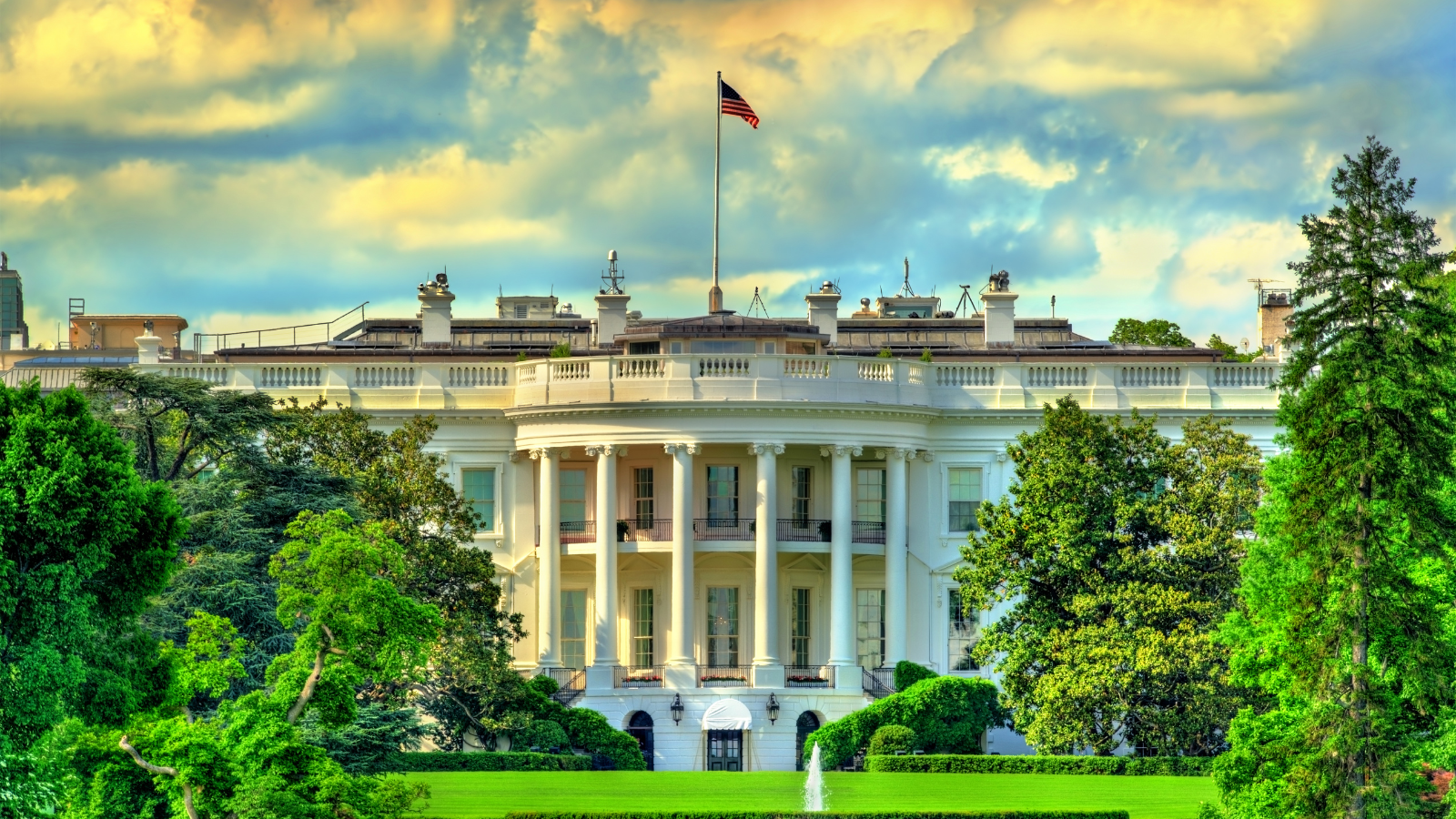UPS experiences a stock decline
The projected revenue for 2023 has been adjusted downward by UPS, with the lowest estimated sales figure being around $97 billion. It is now expected that revenue will reach approximately $99 billion due to various economic factors. Unfortunately, this news has had a negative impact on the company's stock, which experienced a nearly 10% drop earlier this week - the largest decline since January 2015.
United Parcel Service (UPS), listed on the New York Stock Exchange (NYSE) under the symbol "UPS," is among the largest package delivery companies worldwide, offering comprehensive logistics, transportation, and supply chain management services. As a publicly traded corporation, UPS's stock price is subject to a multitude of factors, including economic indicators, industry developments, company performance, and market trends. Variables that can affect UPS's stock value include alterations in global trade policies, shifts in fuel prices, competition from other logistics firms, and the company's ability to respond to evolving consumer preferences and technology.
United Parcel Service (UPS) has reported a better-than-expected quarterly profit, navigating through softer package delivery demand with strategic cost reductions and focusing on high-margin sectors.
FedEx and UPS have introduced Delivery Area Surcharges (DAS) in 82 additional ZIP codes across the US, covering nearly 1% of the population.
In the fast-paced world of logistics, FedEx and UPS are making some big changes.
Oh, Canada! UPS is launching a new Saturday home delivery service in key Canadian markets, starting with Toronto and expanding to Greater Vancouver, Montreal, Calgary, and Laval by March.
UPS is scaling back package sorting shifts and reducing staff at facilities in Connecticut, Maryland, and Oregon due to decreased demand for package delivery.
United Parcel Service (UPS) is exploring options, including a potential sale, for its brokerage unit, Coyote Logistics.
UPS is set to cut 12,000 jobs in a cost-saving move aimed at reducing expenses by $1 billion.
UPS and FedEx have decided to extend their demand surcharges for additional handling and large packages, despite lower year-over-year volumes.
UPS is gearing up for the holiday season by planning to hire more than 100,000 workers, a number consistent with its hiring levels over the past three years.
The recently ratified labor contract between UPS and the International Brotherhood of Teamsters is expected to exert wage pressure on other logistics companies, including FedEx.
Since securing a $30 billion contract over five years, United Parcel Service (UPS) has experienced a surge in interest from job seekers.
The Teamsters and UPS have reached a tentative labor agreement, averting a potential strike that could have disrupted the supply chain.
Despite the looming threat of a UPS strike, many companies have not shifted their package volumes to other carriers.
A potential strike by 340,000 unionized workers at United Parcel Service Inc. (UPS) has the U.S. economy on edge, as it could intensify two significant challenges: inflation and supply-chain disruptions.
As negotiations between UPS and the Teamsters Union continue, the possibility of a strike is already having an impact on the logistics sector.
Negotiations between UPS and the Teamsters Union have resumed after a pause, bringing hope to UPS shippers.
With the July 31 strike deadline approaching for Teamsters at UPS, concerns are growing about the potential impact on the supply chain and the economy.
Negotiations between UPS and the Teamsters union, representing 340,000 workers, have reached a standstill, with a looming July 31 deadline for a new contract.
A potential 10-day strike by UPS workers in the US could have significant economic consequences, estimated to cost the country $7.1 billion, according to an analysis by Anderson Economic Group.
The ongoing contract negotiations between UPS and the International Brotherhood of Teamsters have reached an impasse primarily due to differing proposals regarding part-time employee wages.
The US Courier, Express, and Parcel (CEP) market has seen a decline in demand and a shift in consumer spending patterns, leading to decreased package deliveries.
The 1997 UPS strike exposed the risks associated with relying on a single carrier for business operations, impacting companies across various sectors.
The International Brotherhood of Teamsters has declared that a nationwide strike at UPS is imminent after union negotiators abruptly left national contract talks with the company.
FedEx does not expect any significant benefits from the ongoing labor negotiations between UPS and the International Brotherhood of Teamsters, according to EVP and Chief Customer Officer Brie Carere.
ABF Freight System has disclosed the details of its recently reached tentative agreement with its unionized workforce.
Negotiators for UPS and the International Brotherhood of Teamsters (IBT) have reached an agreement to improve working conditions for UPS drivers.
Parcel consultants anticipate significant rate increases of 6% to 10% in base rates and accessorials charges for 2024.
The potential strike by UPS workers has raised concerns about the disruption it could cause to e-commerce and the broader supply chain.
UPS aims to become the leading healthcare logistics provider in the world, according to CEO Carol Tomé.































United Parcel Service (UPS) reported a disappointing start to the year with first-quarter earnings revealing a 5.3% drop in revenue and a 31.5% plunge in operating profit compared to last year.